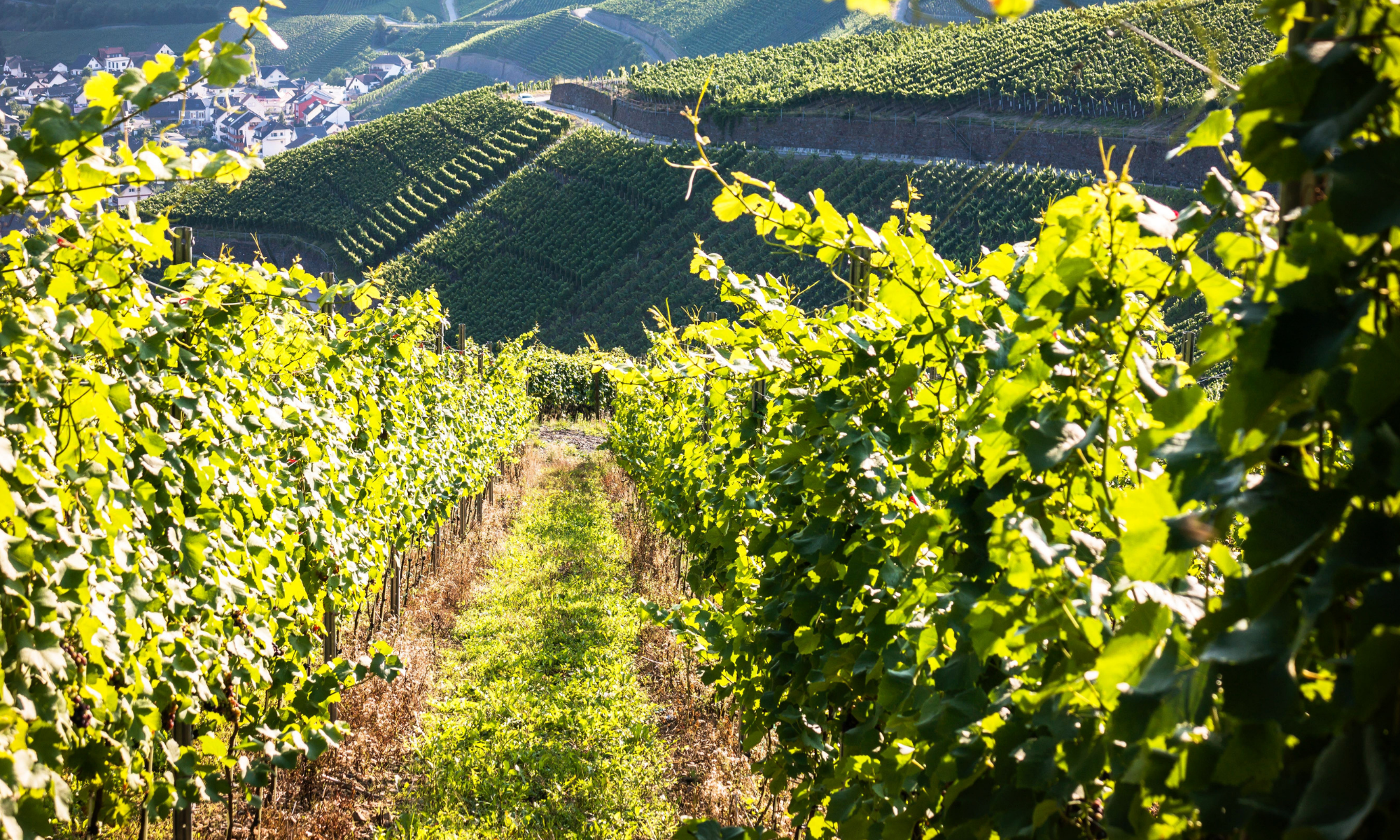 The Moonflower is back in print, newly revised, and as gorgeous as ever.
The Moonflower is back in print, newly revised, and as gorgeous as ever.
by Peter Loewer; illus. by Jean Loewer
32 pages; ages 6-10
Peachtree, 2019
theme: flower, nature, night
When the sun has set in the West…
The Moonflower is a lyrical and accurate account of nature at night. Beginning with sunset, we meet the crickets, moths, bats, and owls that populate the night. Eventually the moonflower opens and we get an up-close look at pollination.
I grabbed a copy of the original from the library to see how the new version compares. The title page has been updated, and the pages have a crisper look to them. Sidebar material is easier to read. And new information is included. There is more information about bumble bee nests and how bees see the world around them. The original book tells how to translate cricket chirps into temperature; this new printing includes calculations for degrees Celsius. Bats get more press in this updated version, as do moths. Overall, the sidebars and back matter have more connections to math and science.
What I like about this book: I have always liked it for its language. Bats don’t just fly, they swoop and glide. The moonflowers open “like a movie in slow motion” and hawkmoth wings beat so fast they are blurred with speed.
The back matter is still there. As before, there are directions for planting and growing your own moonflower. The glossary has grown, over the years, to reflect the additional information in sidebars.
Head over to Archimedes Notebook for some Beyond-the-Book activities.

It’s STEM Friday! (STEM is Science, Technology, Engineering, and Mathematics)
Copyright © 2019 Sue Heavenrich All Rights Reserved.









 Spot, Spike, Spiral (Board book)
Spot, Spike, Spiral (Board book)



 The Moonflower is back in print, newly revised, and as gorgeous as ever.
The Moonflower is back in print, newly revised, and as gorgeous as ever.







 Seashells: More Than A Home
Seashells: More Than A Home